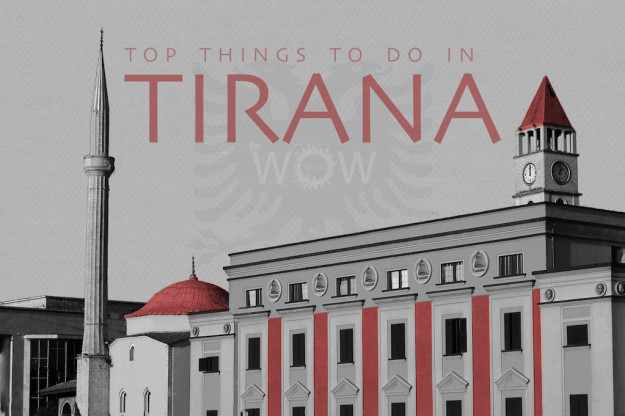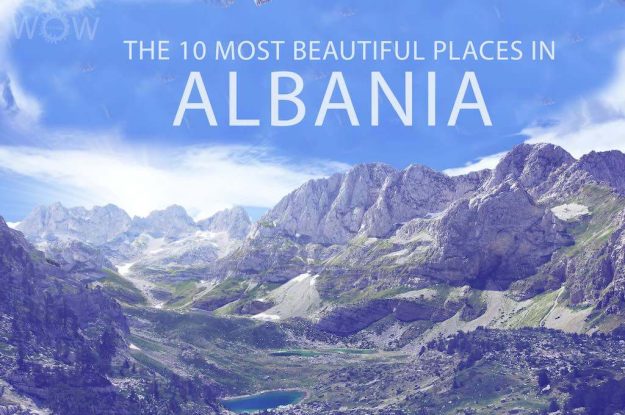Boundaries sometimes overlap when categorizing Southern Europe as many of the countries listed in this part of the continent are also listed in other broader regions. However, the one unifying factor in this group of sixteen countries that make up this part of Europe in the Mediterranean Sea. Quite predictably, the food and culture are influenced by the climatic conditions of the region, as is the landscape. Visitors head to Greece’s Santorini or Croatia’s coastline in droves to experience first-hand the wonders of the Mediterranean lands. While Spain and Italy are the most industrialized countries in Southern Europe, the rest of the countries in the region rely greatly on agriculture.
Southern Europe too is dipped in history, and the remnants of great civilizations and cultures are visible in the ancient ruins and great monuments. The grand Colosseum of Rome, the Alhambra in Granada, and the San Giovanni Fortress in Montenegro are a testament to the region’s glorious past. Southern Europe’s fascinating present is reflected in the well-heeled cities of Milan and Barcelona and in the gastronomic centers of San Sebastian and Bilbao.
It was founded in the early 17th century and despite Albania’s efforts to appeal to more foreign visitors, Tirana, both the largest city in and the capital of Albania, is not a well-known destination. Tirana boasts a heritage dating back to the Ottoman Empire and is surrounded by lush green hills and has colorful streets…
From sun-kissed stretches of white sand to majestic mountains, Albania has it all. Its beaches on the Adriatic and Ionian coastlines are some of the most amazing places in Albania. They’re arguably just as gorgeous as those in neighboring Montenegro and Greece, but nowhere near as crowded. And it is in this lack of unfettered…


